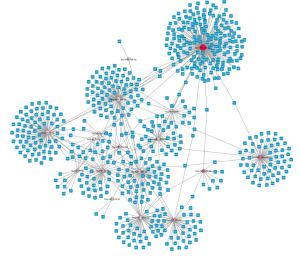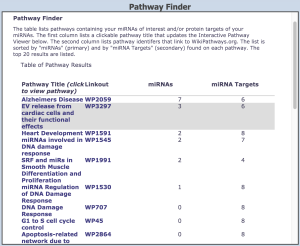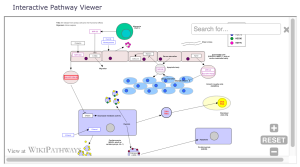We recently developed two tools for the Genboree Workbench: Target Interaction Finder and Pathway Finder. Given a set of miRNAs, these tools find miRNA-target interactions and pathway targets from public databases. To support consortium scientists in using these tools, we have created two training videos which describe the necessary input file, how to use the tool, and downstream network visualization in Cytoscape for Target Interaction Finder and Pathway Finder. The videos are available in the collection of ERC consortium videos at YouTube and in the Resources/Presentations section of this website.
The tools are open to anyone with a (free) Genboree account and can be used with any arbitrary input list of miRNA identifiers or with public datasets available in the exRNA Atlas. Target Interaction Finder generates a network of miRNA and protein target interactions, which is returned as a tabular summary and an XGMML formatted network file. The network file can be imported into network visualization and analysis tools like Cytoscape. Pathway Finder generates a table of pathways containing the miRNA and/or their protein targets based on information from WikiPathways. Embedded in the results window of Pathway Finder is an interactive pathway viewer.





